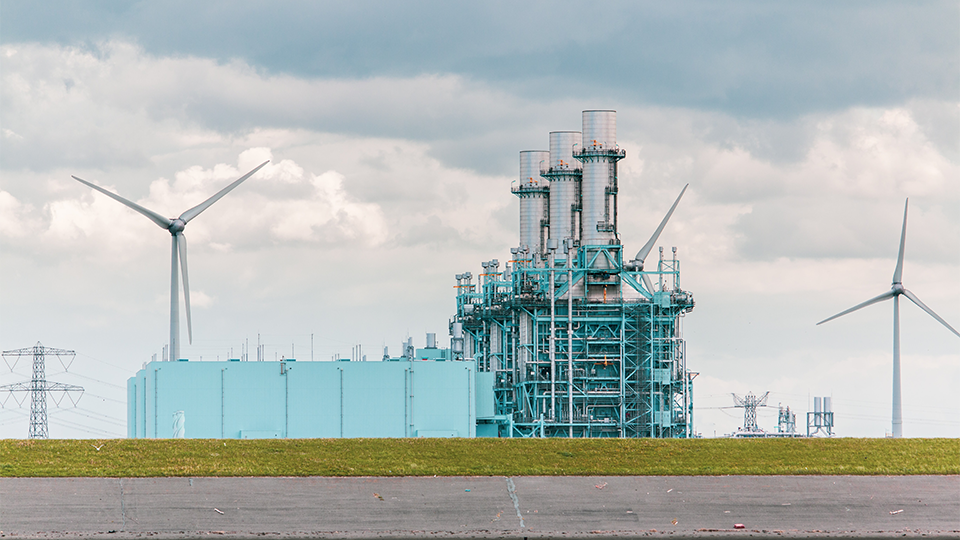
Energy Connections
Our world is powered by electricity. But how is it made, and how can we use less of it to keep the Earth healthy?
In these two lessons—Module 1: Energy Basics and Module 2: Climate Change and Collective Action— high school students can virtually tour a power plant, explore how they fit into the energy grid, and take a look at the broader picture when it comes to electricity generation and usage.
MN Academic Standards
1.1.1 Students will be able to ask questions about aspects of the phenomena they observe, the conclusions they draw from their models or scientific investigations, each other’s ideas, and the information they read.
3.2.1 Students will be able to apply scientific principles and empirical evidence (primary or secondary) to explain the causes of phenomena or identify weaknesses in explanations developed by the students or others.
4.1.1 Students will be able to engage in argument from evidence for the explanations the students construct, defend and revise their interpretations when presented with new evidence, critically evaluate the scientific arguments of others, and present counter-arguments.
4.2.1 Students will be able to read and interpret multiple sources to obtain information, evaluate the merit and validity of claims and design solutions, and communicate information, ideas, and evidence in a variety of formats.
Learning Goals
Energy production and use is a giant global puzzle.
Electricity is a form of energy that is made by using other forms of energy.
Different sources of energy have varying effects on the environment.
We have a responsibility to learn about and advocate for processes that have fewer negative consequences.
Collective actions means people in different cities and countries all working together to reduce climate change and protect the Earth.
Program Length
Student-paced. 45-60 minutes per module.